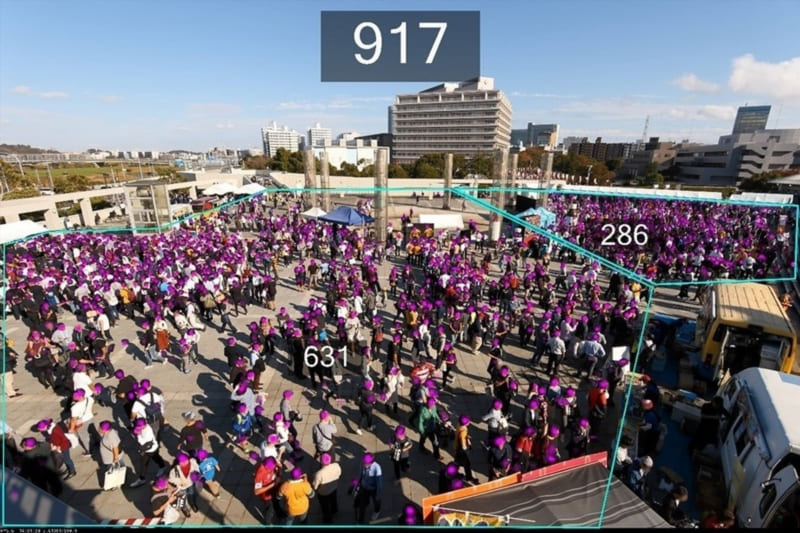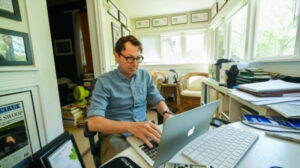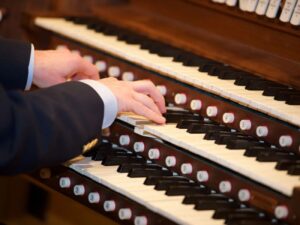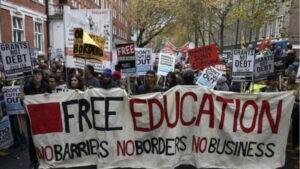The age-old conundrum: How many folks really showed up to that monumental event? Was it 50,000 or closer to 200,000? Anyone who’s ever tried to gauge the size of a throng knows how confounding it can be. In today’s tech-infused age, you’d think it’d be a cinch. But oh boy, you’re in for a surprise! Let’s dive into the intricate art of crowd counting and explore why getting that magic number remains such a tough nut to crack.
The Art and Science of Counting Heads
The process of estimating crowd size is an intricate blend of art and science. It isn’t as simple as clicking a photograph and letting algorithms do the trick. Why, you ask?
- Diverse Crowd Structures: Not all crowds are neatly packed like sardines in a can. Some folks prefer elbow room, while others jostle for a front-row view. This disparity makes density estimation a right pickle!
- Obstructed Views: Trees, buildings, tents—oh my! These and many more obstructions can obscure a comprehensive view, making it tougher than finding a needle in a haystack.
- Dynamic Movements: Crowds aren’t static. They ebb and flow like the tides, and this constant movement is enough to make one’s head spin.
Did you know? Scientists often use aerial photographs and grid methods to break down large areas into smaller sections, estimating the number of people in each. This is coupled with on-ground assessments to refine the figures. But still, it’s a guesstimate at best.
Historical Hiccups in Crowd Estimations
History’s annals are rife with instances where crowd estimations went awry. Let’s take a jaunt down memory lane:
- The Million Man March: This 1995 event saw estimates ranging from 400,000 to over a million. Quite the gap, eh?
- Woodstock 1969: Was it 400,000 or closer to a million? The debate still rages on like a never-ending guitar solo.
- Inaugurations and Protests: Politics and crowd sizes go hand in hand, often leading to a tug of war between supporters and detractors. Throw in a dash of bias, and you’ve got a recipe for contention.
A nugget of wisdom? Always take crowd figures with a pinch of salt. There’s usually more to the story than meets the eye.
Tools of the Trade: Modern Approaches
“Out with the old, in with the new,” as they say. Modern technology has ushered in a plethora of tools aiming to make crowd counting less of a wild goose chase:
- Drones: These flying marvels provide a bird’s-eye view, helping in gauging crowd density.
- Heat Maps: Using mobile phone data, heat maps can provide a rough idea of crowd concentration.
- Artificial Intelligence: Machine learning models are being trained to estimate crowds. However, they’re still in their teething phase.
Fun Fact: A study from the University of California found that even the most sophisticated AI tools had a margin of error of up to 10% when estimating large crowds.
The Social Implications of Getting it Right (or Wrong!)
It’s not just a numbers game. The socio-political implications of crowd size estimations can be profound:
- Influencing Public Perception: Bigger crowds can lend credence to a cause or movement, swaying public opinion.
- Resource Allocation: Governments and organizers allocate resources based on expected turnout. Underestimation can lead to chaos and overestimation to wastage.
- Safety Concerns: Overcrowding can lead to stampedes and other hazards. Accurate estimations are crucial for risk management.
Food for thought: In the digital age, where everyone’s a critic, getting crowd numbers wrong can lead to a public relations nightmare.
FAQs: The More You Know
- How do experts arrive at a final estimate?
They often use a blend of techniques, ranging from on-ground assessments to aerial imagery, refining figures iteratively. - Why is there so much variation between different estimates?
Biases, different methodologies, and the dynamic nature of crowds can lead to varying figures. - Can technology eliminate the estimation errors completely?
Not entirely. While technology can reduce the margin of error, some level of uncertainty will always remain.
To wrap things up, the realm of crowd counting is as vast and varied as the crowds themselves. While technology has bridged some gaps, the perfect headcount remains elusive. But isn’t that what makes it all so fascinating? It’s a blend of science, art, and a dash of human unpredictability. So, the next time you’re in a crowd, take a wild guess, and remember—estimation is part of the fun!








